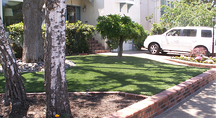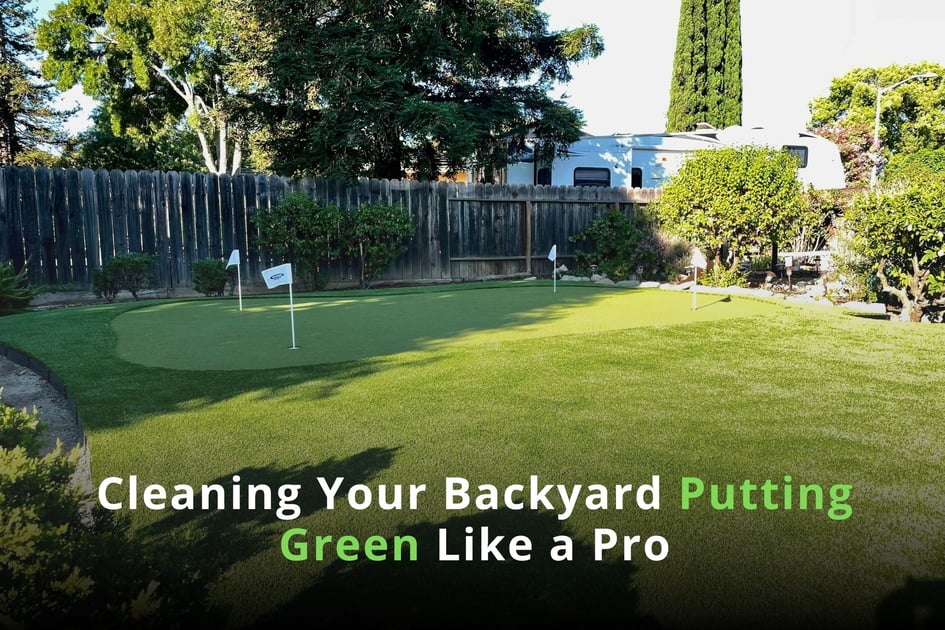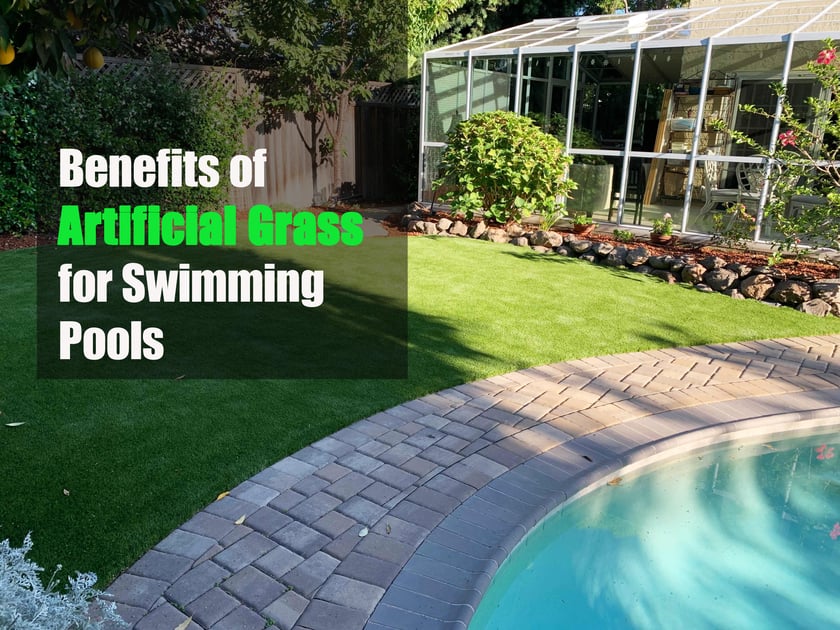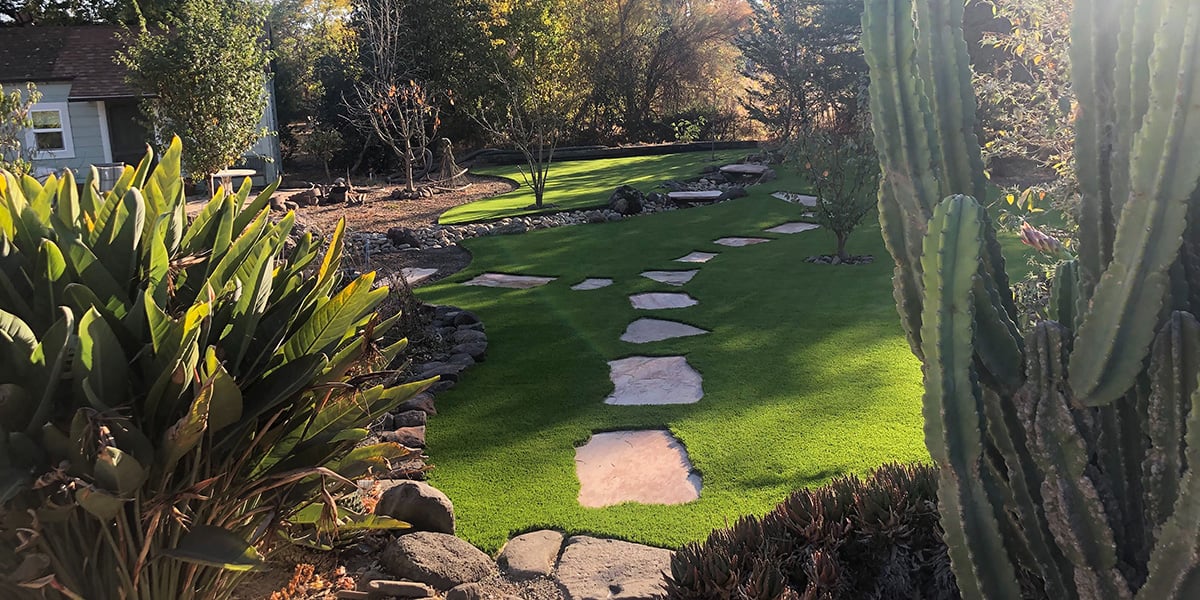 When you’re gazing out over your beautiful lawn, whether it’s natural or synthetic, you’d like to think you’re being environmentally responsible, right? Unfortunately, when it comes to choosing a lawn, there are pros and cons to both natural and artificial grasses (and the online debate rages on).
When you’re gazing out over your beautiful lawn, whether it’s natural or synthetic, you’d like to think you’re being environmentally responsible, right? Unfortunately, when it comes to choosing a lawn, there are pros and cons to both natural and artificial grasses (and the online debate rages on).
Sure, synthetic grass is, well, synthetic. But bear in mind that even “natural” grass is neither natural nor native to most areas in which it’s used. It’s usually trucked in and requires ongoing feeding, watering and reseeding.
Yes, artificial turf diverts millions of tires from landfills each year, recycling them into crumb rubber pellets used for infill. On the other hand, it requires an energy-intensive manufacturing process, as do most manufactured consumer products.
Artificial turf requires less water and maintenance, which reduces the amount of fossil fuels used to produce and apply lawn care products (chemicals, fertilizers, pesticides, gas-powered mowers, etc.). But natural turf provides a somewhat cooler surface and, in certain conditions, even has a cooling effect on the surrounding area.
Grass clippings make up almost half of many communities’ landfill contents, especially during the growing season. Synthetic lawns do not need to be mowed, so they don’t generate clippings that require transport to landfills. But at the end of its lifecycle, usually a minimum of 7-10 years, artificial turf has to be removed and disposed of.
Uh-oh, that muddies the waters on the landfill issue. While the plastic from artificial turf has always been recyclable, it was difficult to separate those components from the sand and rubber infill, making recycling inefficient and incomplete. Disposal issues greatly increased artificial turf’s total carbon footprint.
The industry has now taken a huge step in the right direction. According to an August 2013 article in Plastics News, two companies have teamed up not only to eliminate the disposal problem but also to recycle the resulting material into a range of extruded plastic products, including infill to be used in new turf installations.
Called full-field recycling, this new recycling process “allows us to extract all of that sand and rubber out of the carpet,” says one of the partnering CEOs. “So now we’re back to having a clean plastic carpet that we can then put through the process to get to an end product.”
These innovative companies are not only reducing the environmental impact of artificial turf, in many cases they are also making recycling more affordable – and therefore more attractive – for the customer.
There will always be pros and cons in any choice. But the turf industry is working hard to tip the scales toward environmental responsibility.












